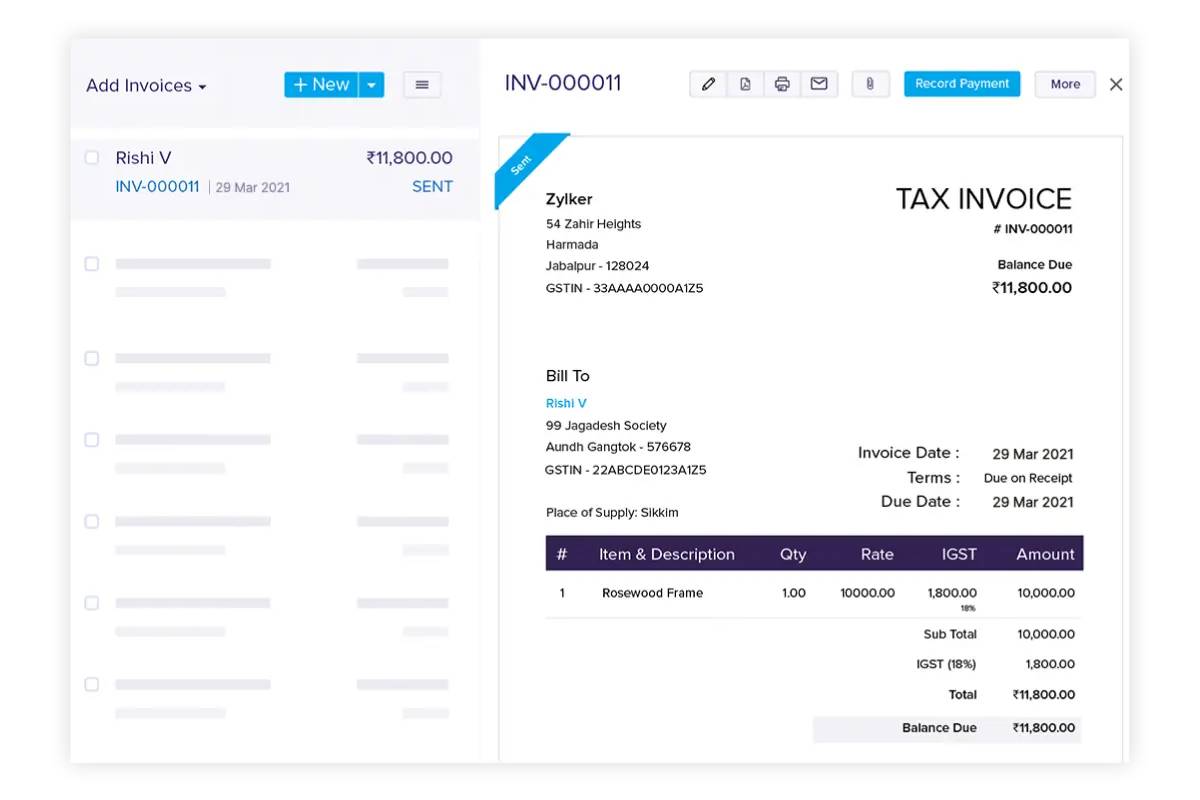
Setting Up a Pension as a Freelancer: A Practical Guide to Your Future
When you’re self-employed, it’s easy to get caught up in the day-to-day hustle — finding clients, delivering projects, chasing invoices. Retirement? That feels miles away. But here’s the truth: planning for your future isn’t just wise — it’s essential. And setting up a self-employed pension can be one of the smartest financial decisions you’ll ever make.
In the UK, over 4 million people are self-employed — from designers and developers to builders and consultants. Yet, a significant number don’t have any pension savings in place. Why? Often, it’s a mix of confusion, complexity, and the false belief that pensions are only for salaried employees.
This guide is designed to cut through the jargon and give you clear, actionable steps to start your retirement planning journey. Whether you’re brand new to freelancing or several years in, you’ll learn how pension schemes for the self-employed work, why they matter, and how to choose the right one for your needs.
Let’s secure your future — one practical step at a time.
Why Freelancers Need to Think About Pensions Now
No Auto-Enrolment, No Safety Net
If you’re employed, your employer has to auto-enrol you in a pension scheme and contribute alongside you. But as a freelancer? That responsibility lies with you — and only you.
You don’t get:
- Employer contributions
- Automatic payroll deductions
- A default pension scheme
That means if you’re not saving, your retirement pot is… well, empty.
State Pension Alone Won’t Cut It
Yes, there’s the UK State Pension, but relying on that alone can leave you short.
As of 2025, the full new State Pension is £221.20 per week — roughly £11,502 per year. That’s hardly a lavish retirement, especially with rising living costs.
So, if you want financial freedom in later life — to travel, support your family, or just enjoy peace of mind — a private pension is a must.
How Do Pensions Work for the Self-Employed?

What Counts as a Self-Employed Pension?
There’s no special product labelled “self-employed pension.”
Instead, you’ll use one of the following:
- Personal Pension
- Self-Invested Personal Pension (SIPP)
- NEST (National Employment Savings Trust)
- Stakeholder Pension
Each type offers different levels of flexibility, cost, and control, but all come with valuable tax relief from HMRC.
How Tax Relief Works
This is where pensions become incredibly attractive. For every contribution you make, the government tops it up with tax relief.
Here’s how it breaks down:
- Basic-rate taxpayers: For every £80 you contribute, the government adds £20, making it £100.
- Higher-rate taxpayers: You can claim back even more through your Self Assessment.
That’s free money, simply for saving towards your future.
Types of Pension Schemes for Freelancers
Let’s examine the options more closely so you can decide which best suits your working style and goals.
1. Personal Pension Plans
Offered by providers like Aviva, Standard Life, and Scottish Widows, these are professionally managed funds.
You:
- Choose your risk level
- Contribute monthly or as a lump sum
- Let the provider handle the investing
Best for: Freelancers who want a “set it and forget it” approach.
2. SIPPs (Self-Invested Personal Pensions)
SIPPs give you the most control and flexibility. You choose where your money goes — shares, bonds, funds, property (via REITs), and more.
Top SIPP providers include:
- AJ Bell
- Hargreaves Lansdown
- Interactive Investor
Best for: Those with investing experience or an interest in managing their own portfolio.
3. NEST
A government-backed pension scheme that’s low-cost, simple, and accessible. It’s a solid starting point for new freelancers or those who don’t want to overcomplicate things.
Best for: Freelancers who want a straightforward, low-fee pension with ethical investing options.
4. Stakeholder Pensions
These are regulated to have:
- Low minimum contributions
- Capped charges (1.5% or less)
- Flexible contribution options
Offered by many banks and insurers, they’re ideal if your income varies month to month.
Best for: Freelancers on a budget who need a flexible setup.
How Much Should You Save?

This is the golden question, and while the answer varies, a good rule of thumb is:
Save half your age as a percentage of your income.
So if you’re 30, aim to save 15% of your annual income.
If that feels steep, don’t worry. Start small. Even £50 a month adds up — especially with compound interest and tax relief working in your favour.
Use Pension Calculators
To visualise your future pot, tools like:
- MoneyHelper’s Pension Calculator
- Nutmeg Retirement Calculator
- PensionBee’s Forecast Tool
…can help you see what your current saving rate will give you at retirement — and how to adjust it.
When and How Can You Access Your Pension?
Currently, you can start withdrawing from age 55 (rising to 57 in 2028).
When you do, you can:
- Take 25% tax-free
- Use the rest as drawdown income or purchase an annuity
This gives you flexibility, especially if you want to semi-retire, phase out work, or just enjoy a few gap years before claiming the State Pension.
Common Freelancer Pension Mistakes (And How to Avoid Them)
1. Waiting Too Long to Start
Delaying by just five years can cost you tens of thousands. The earlier you start, the more compound interest works in your favour.
Quick fix: Even small contributions now beat large ones later.
2. Inconsistent Payments
It’s tempting to skip contributions during dry spells. But pensions need consistency.
Quick fix: Set up auto-debits with flexibility — some providers let you pause or adjust amounts easily.
3. Picking a Poor Provider
Not all pension providers are equal. High fees or poor performance can eat into your savings.
Quick fix: Use comparison sites (like Boring Money or Which?) to find top-rated, low-cost options.
4. Not Reviewing Your Portfolio
Your pension needs change over time. At 60, being in a high-risk fund could be dangerous.
Quick fix: Check your pension annually. Rebalance or switch funds as needed.
A Real-World Example: Dan’s Pension Journey
Dan, a 35-year-old freelance copywriter from Leeds, ignored pensions for years. It always felt like something to worry about “later.” But after speaking to a friend who retired early through smart investing, he had a wake-up call.
Dan set up an SIPP through Hargreaves Lansdown. He started with £100/month and increased it each year. He now contributes 15% of his income, uses index-tracking funds, and reviews his performance every April.
What started as an afterthought is now one of his most empowering financial habits. He’s on track for a £250,000 pension pot by age 60 — enough to give him freedom and options.
Pensions and Taxes: A Quick Note
If you’re a sole trader, your pension contributions count as personal tax deductions.
If you’re a limited company director, you can:
- Make employer contributions from your business account
- Offset them against Corporation Tax
That means saving for retirement can also reduce your annual tax bill.
Speak to an accountant to make sure you’re maximising this opportunity.
Useful Tools and Resources
- MoneyHelper (moneyhelper.org.uk) – Free government-backed advice
- PensionBee – Simple platform with pension consolidation tools
- Boring Money – Provider comparisons and reviews
- HMRC’s pension tax relief guidance
Don’t go it alone — these resources are there to help you make informed decisions.
Conclusion: Build the Retirement You Deserve

Freelancing offers incredible freedom. But with freedom comes responsibility, and retirement planning is one of the biggest responsibilities you have to yourself.
Setting up a self-employed pension isn’t just about numbers and spreadsheets. It’s about future holidays. Grandkids. Peace of mind. The ability to slow down without financial stress.
So, whether you’re earning £20k or £200k, now is the time to act.
Key takeaways:
- You’re responsible for your own pension as a freelancer
- The earlier you start, the more you benefit from tax relief and compounding
- Choose a scheme that fits your income pattern and risk level
- Review your savings regularly and aim to increase them over time


